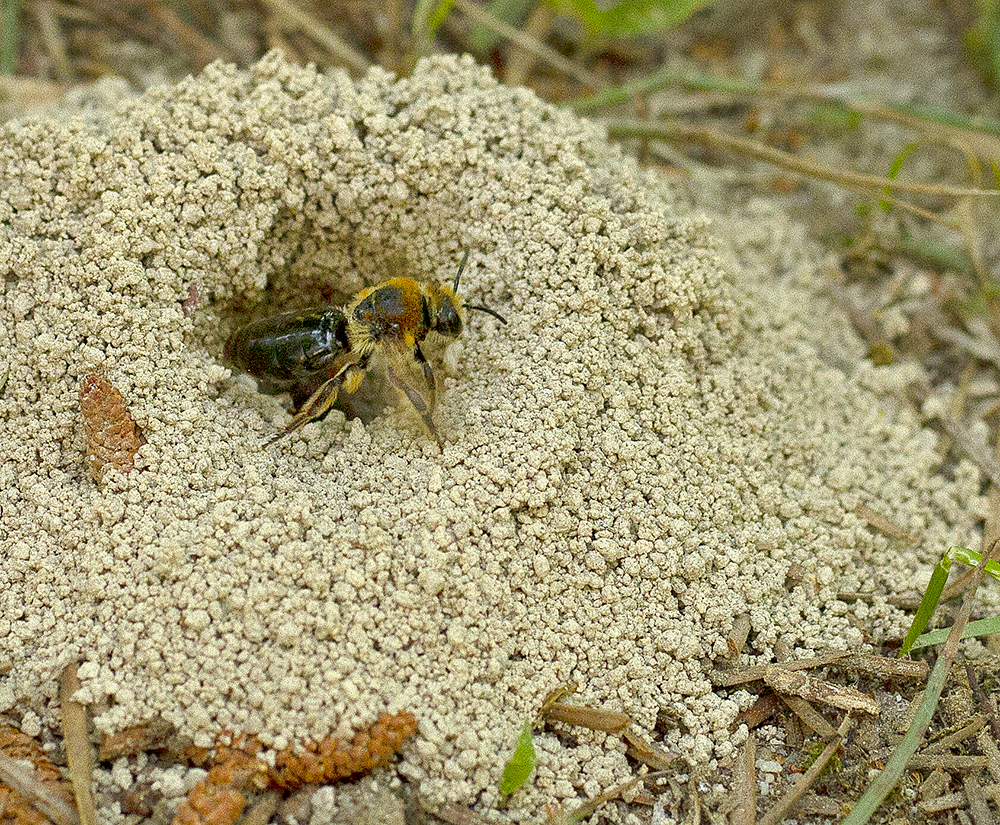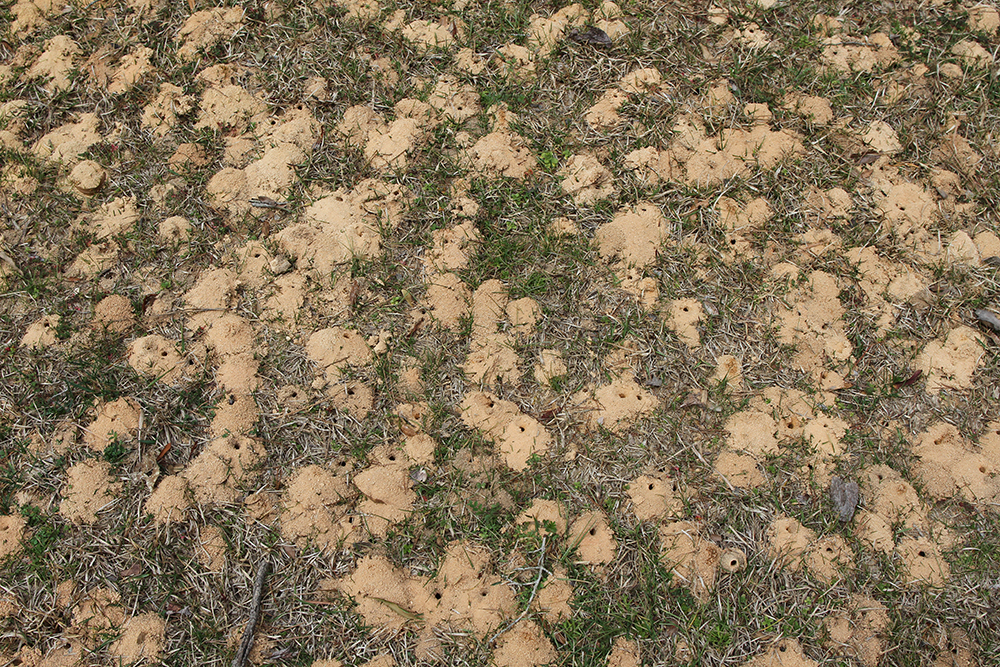Ground-Nesting Bees Should Be Appreciated, Not Feared!
go.ncsu.edu/readext?996870
en Español / em Português
El inglés es el idioma de control de esta página. En la medida en que haya algún conflicto entre la traducción al inglés y la traducción, el inglés prevalece.
Al hacer clic en el enlace de traducción se activa un servicio de traducción gratuito para convertir la página al español. Al igual que con cualquier traducción por Internet, la conversión no es sensible al contexto y puede que no traduzca el texto en su significado original. NC State Extension no garantiza la exactitud del texto traducido. Por favor, tenga en cuenta que algunas aplicaciones y/o servicios pueden no funcionar como se espera cuando se traducen.
Português
Inglês é o idioma de controle desta página. Na medida que haja algum conflito entre o texto original em Inglês e a tradução, o Inglês prevalece.
Ao clicar no link de tradução, um serviço gratuito de tradução será ativado para converter a página para o Português. Como em qualquer tradução pela internet, a conversão não é sensivel ao contexto e pode não ocorrer a tradução para o significado orginal. O serviço de Extensão da Carolina do Norte (NC State Extension) não garante a exatidão do texto traduzido. Por favor, observe que algumas funções ou serviços podem não funcionar como esperado após a tradução.
English
English is the controlling language of this page. To the extent there is any conflict between the English text and the translation, English controls.
Clicking on the translation link activates a free translation service to convert the page to Spanish. As with any Internet translation, the conversion is not context-sensitive and may not translate the text to its original meaning. NC State Extension does not guarantee the accuracy of the translated text. Please note that some applications and/or services may not function as expected when translated.
Collapse ▲
Rufous-backed cellophane bee at nest entrance. Photo by Debbie Roos.
Every year, from mid-March through mid-April, I get calls from folks worried about all the bees hovering over their lawns. They want to know how they can kill them because they are afraid they will sting their children. This is the time of the year when our native ground nesting bees become active and start provisioning their nests. We have close to 400 species of ground nesting bees in North Carolina and they are beneficial pollinators that pose no threat to humans!
You can read all about them and see photos of some of the different types of ground nesting bees and their nests on the Growing Small Farms website. Hopefully after learning more about them you will feel inspired to protect and celebrate them and not fear them.
Ground-nesting Bees Should Be Appreciated, Not Feared!

Large aggregation of mining bee nests in mid-March. Photo by Debbie Roos.


